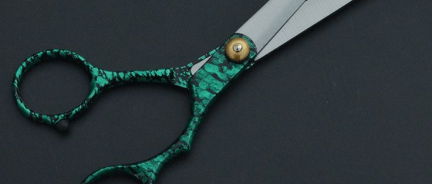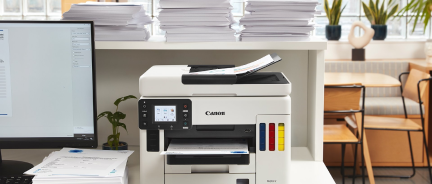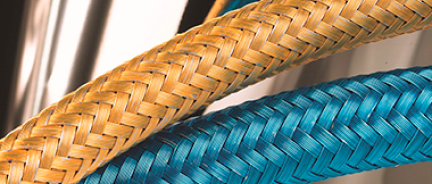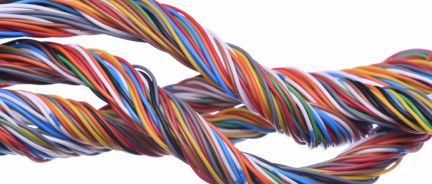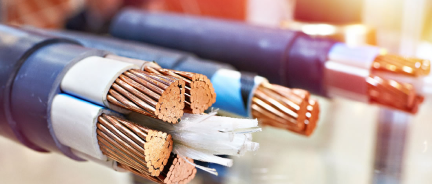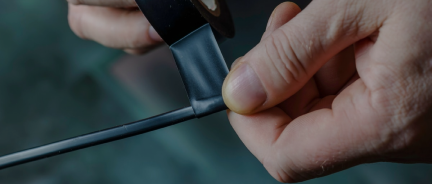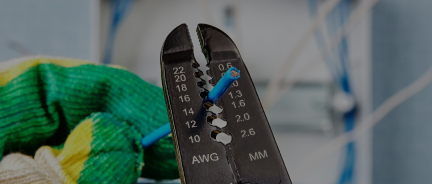How To Wire A Garage Door Opener?
A garage door opener is a device for the automatic opening of a garage door using a switch or remote control. Wiring a garage door opener involves connecting power, sensors, and controls to the opener motor. Here's a step-by-step guide to help you wire it properly:

Tools and materials:
- Screwdriver
- Wire stripper
- Drill (if mounting sensors)
- Electrical tape
- Ladder
- Garage door opener installation manual
- Safety gloves and goggles
Step 1: Preparations
- Turn off power to the garage at the circuit breaker to avoid electric shock.
- Read the manufacturer’s instructions carefully for specific wiring requirements.
Step 2: Mount the garage door opener
- Install the opener motor on the ceiling using the provided brackets.
- Secure the opener arm to the door according to the instructions.
Step 3: Connect the power supply
Plug-in models:
- Plug the opener into an overhead outlet near the motor.
Hardwired models:
- Connect the opener's power wires to the house wiring.
- Black wire connects to the live wire.
- White wire connects to the neutral wire.
- Green or bare wire connects to the ground.
- Secure connections with wire nuts and electrical tape.
Step 4: Wire the safety sensors
- Position the sensors:
- Place one sensor on each side of the garage door, about 6 inches above the ground.
- Align the sensors so they face each other.
- Run the wires:
- Use the provided wiring to connect each sensor to the motor unit.
- Typically, the wires are low-voltage and color-coded:
- White wire goes to the terminal labeled "white" or "common."
- White/black striped wire connects to the "safety" terminal.
- Secure wires:
- Use clips or staples to route wires along the walls and ceiling without pinching them.
Step 5: Wire the wall control panel
- Mount the panel:
- Attach the control panel to the wall, at eye level, near the garage door.
- Drill holes and use the provided screws for secure mounting.
- Connect the wires:
- Run wires from the panel to the motor unit.
- Attach the wires to the designated terminals on both the panel and motor unit, following the color-coding.
Step 6: Test the connections
- Restore power:
- Turn the circuit breaker back on.
- Align sensors:
- Ensure the safety sensors are properly aligned (the indicator lights should be steady).
- Test the opener:
- Press the wall control or remote to ensure the door opens and closes smoothly.
- Test the safety reverse mechanism by blocking the sensor path or obstructing the door.
How Many Amps for Garage Door Opener?
The ampacity of a garage door opener depends on the power draw and the type of door opener, but in general:
Residential garage door openers:
- Power: Most models are rated between 1/3 HP and 1 HP.
- Current draw: Between 5–10 amps at 120V.
Commercial garage door openers:
- Larger models may draw 10–15 amps or more.
Wire sizing for garage door openers
The wire must handle the amperage safely without overheating:
- For a 5–10 Amp Draw:
- Use 14 AWG wire.
- Ideal for standard garage door openers on a 15-amp circuit.
- For 10–15 Amp Draw:
- Use 12 AWG wire.
- Suitable for heavy-duty openers or circuits with additional loads.
What to consider:
- Use a 15-amp breaker for a single opener on a dedicated circuit.
- For shared circuits, a 20-amp breaker may be necessary, depending on the total load.
- Many manufacturers recommend a dedicated 120V circuit for the opener to prevent power interruptions.
- For runs longer than 50 feet, consider upsizing the wire (e.g., 12 AWG instead of 14 AWG) to reduce voltage drop.
- The standby power of the garage door opener is negligible (e.g 1-1,5 amps).
Types Of Wire For Garage Wire Opener
The wire size and type for a garage door opener depend on the power source, control wiring, and safety sensor connections. Here’s a breakdown:
Power Supply Wire
This wire connects the garage door opener to a power outlet or directly to the house's electrical system.
- Type: Use NM-B (Romex) cable for standard residential wiring.
- Gauge: 14 AWG is typically sufficient for a garage door opener since most operate at 5–10 amps. Use 12 AWG if the opener shares a circuit with other devices or appliances.
- Voltage: 120V (standard in most residential garages).
- Notes: Check local building codes; some require hardwiring or a dedicated circuit.
Safety Sensor Wiring
This low-voltage wire connects the photo-eye safety sensors to the opener motor unit.
- Type: Use low-voltage stranded wire.
- Gauge: 22 AWG is standard for most garage door opener sensor wiring.
- Conductors: A 2-conductor wire (e.g., white and white/black stripe) is typically required.
- Notes: Use pre-installed wiring or opt for bell wire for easy installation. Ensure it's rated for low-voltage applications.
Wall Control Wiring
This connects the wall-mounted control panel to the motor unit.
- Type: Use low-voltage stranded wire or thermostat wire.
- Gauge: 22 AWG or 18 AWG is sufficient.
- Conductors: Usually, a 2-conductor wire is required (white and red or similar color coding).






